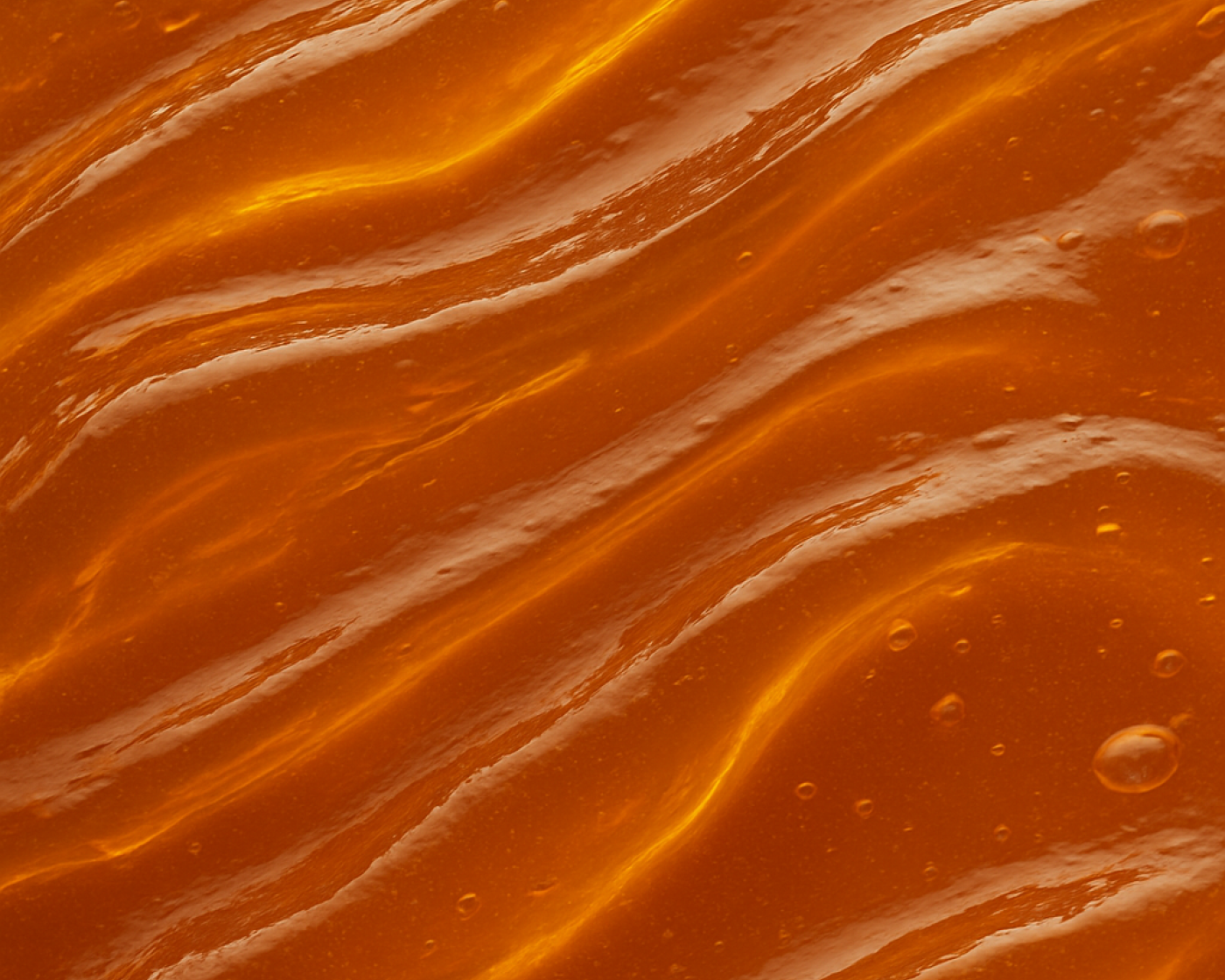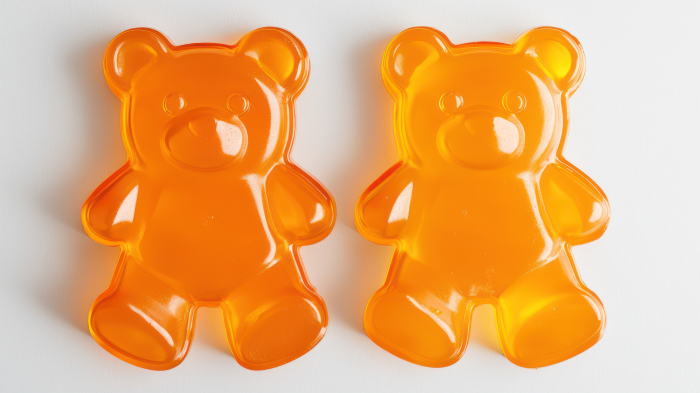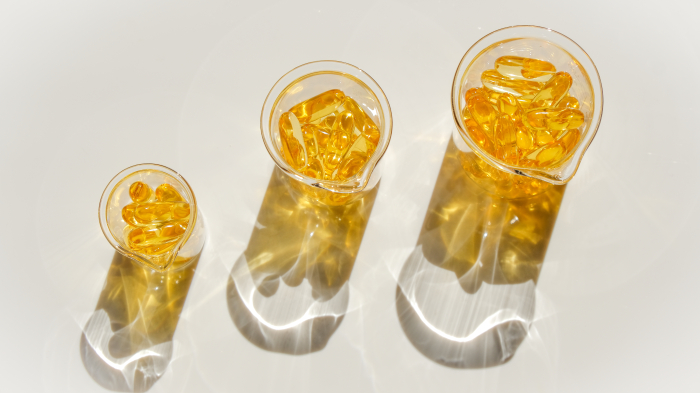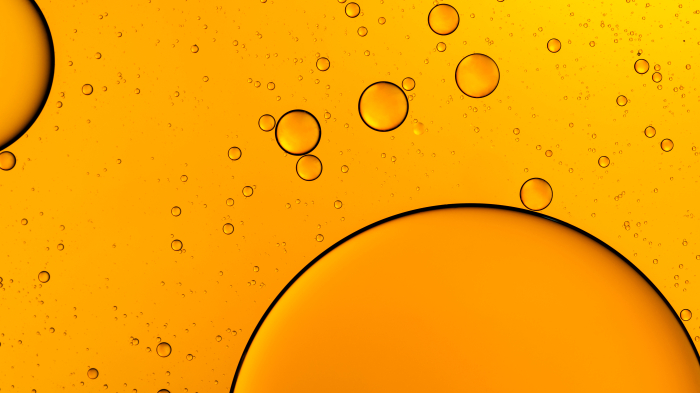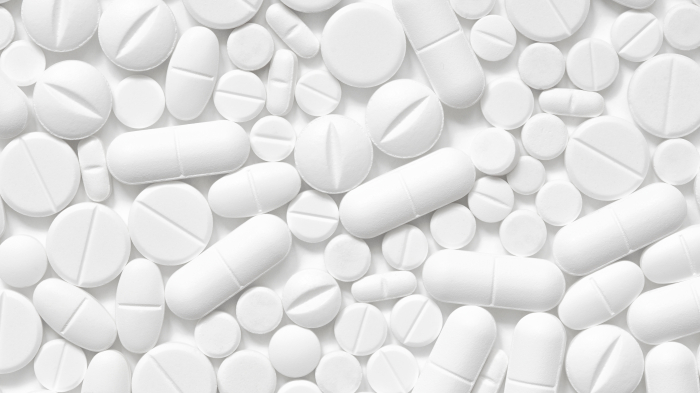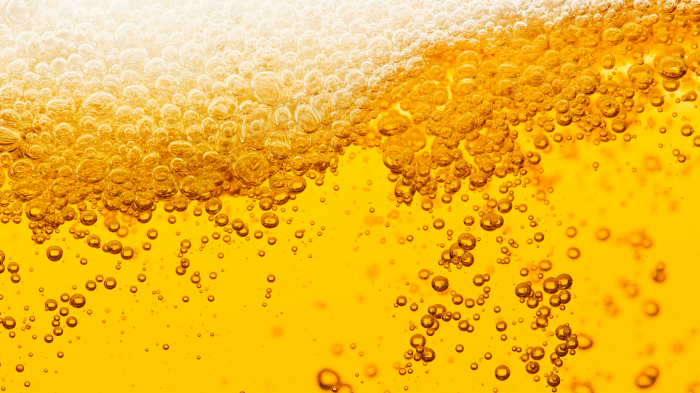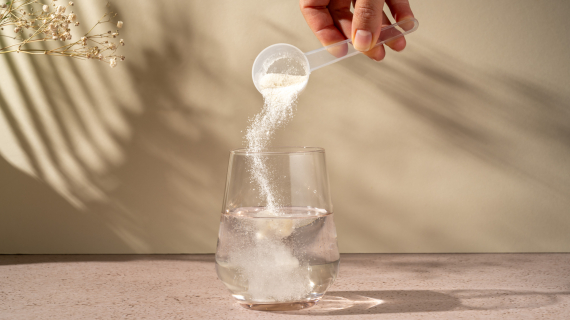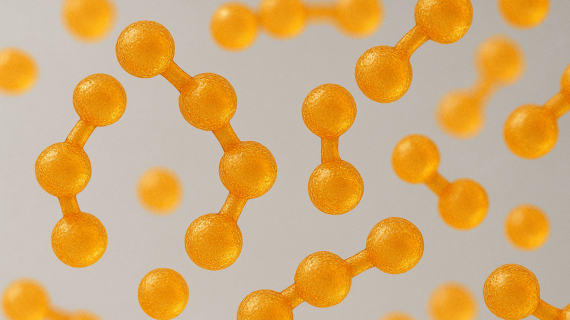The Foundation for Perfect Textures Across Industries
Gelatine is a multifunctional natural protein and biopolymer that offers a unique combination of properties unmatched by any single synthetic or plant-based hydrocolloid. It is used in food, pharmaceuticals, health & nutrition, and technical applications, where its ability to gel, stabilize, bind, foam, and form films makes it indispensable.
Gelling Power
Gelatine behaves thermo-reversible and forms gels with adjustable strength and melting points. This enables textures from firm to melt-in-the-mouth, simply by varying concentration and bloom strength. Unlike agar or pectin, gelatine melts at body temperature, creating a smooth, luxurious mouthfeel. In pharmaceuticals, controlled gel strength is essential for capsules and drug delivery systems.
Film-Forming Ability
With its ability to form strong, elastic, transparent, and flexible films, gelatine is the material of choice for coatings and encapsulation. Compared to starches or HPMC, gelatine offers a clean-label protein source and superior oxygen barrier and dissolution properties. This makes it indispensable for pharmaceutical capsules and microencapsulation, where protection and controlled release are critical.
Emulsifying and Stabilizing
Gelatine has partly emulsifying properties and stabilizes both emulsions and foams, ensuring homogeneous and stable products. Unlike plant-based gums, it not only stabilizes but also enhances mouthfeel and creaminess. In pharma, this property supports emulsified drug formulations and suspensions with reliable stability.
Binding and Adhesive Function
Gelatine provides excellent adhesion and binding capabilities, maintaining integrity even under moist heat. This is crucial for binding and wet granulation in tablets, capsule sealing, and industrial uses such as matches, paper coatings, or specialty adhesives. Unlike starches or methylcellulose, gelatine combines natural origin with reliable performance.
Clarity and Purity
When dissolved, gelatine yields clear, neutral-tasting solutions. This is key for premium foods and beverages as well as pharmaceutical coatings, where clarity and purity directly influence consumer acceptance. Technical applications such as photographic films also rely on gelatine’s optical quality.
Digestibility and Clean Label
Being 100% protein, allergen-free, and enzymatically digestible, gelatine supports clean-label and nutritional formulations. In medical nutrition and pharmaceuticals, this translates into safety, tolerability, and added nutritional value, setting gelatine apart from chemically modified hydrocolloids.
Why Choose GELITA Gelatine?
GELITA Gelatine is more than just a multifunctional hydrocolloid — it is a solution tailored to your needs. With decades of expertise and a global innovation network, GELITA provides manufacturers with customized gelatine qualities, precisely matched to specific bloom strengths, particle sizes, and application requirements. This ensures consistent performance, processing efficiency, and the best possible product experience.
By combining natural origin, unmatched versatility, and scientific know-how, GELITA empowers its partners to create products that stand out — from indulgent confectionery to advanced pharmaceutical applications.
Choosing GELITA Gelatine means relying on quality, innovation, and tailor-made functionality.
